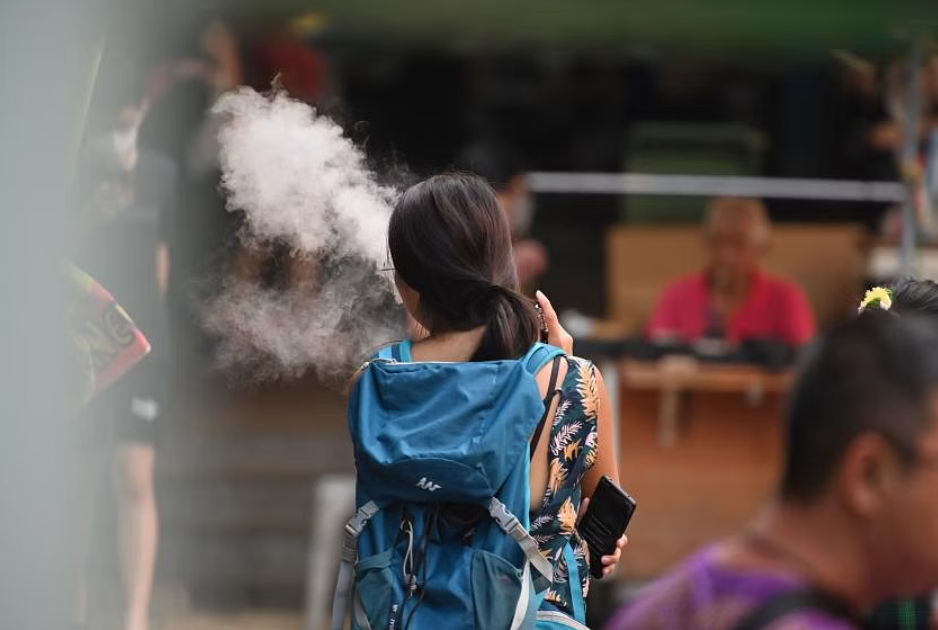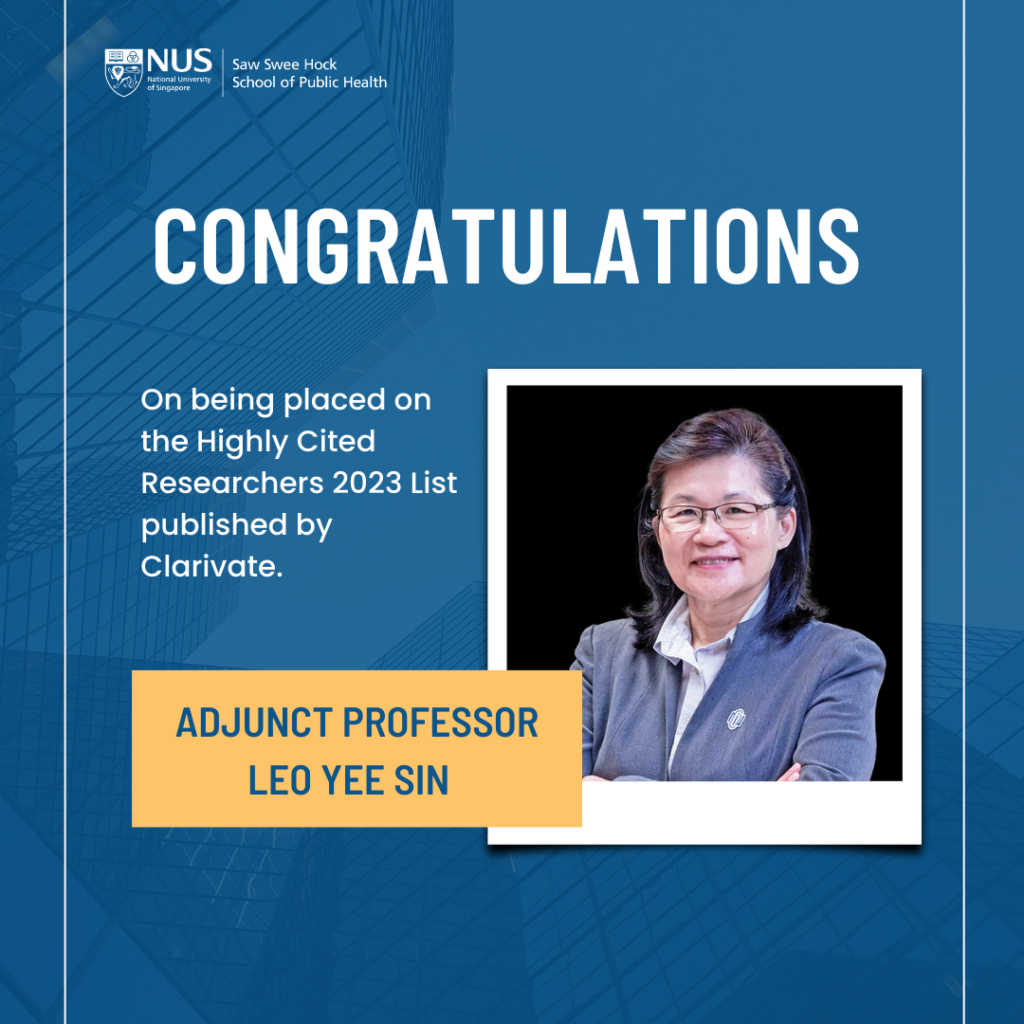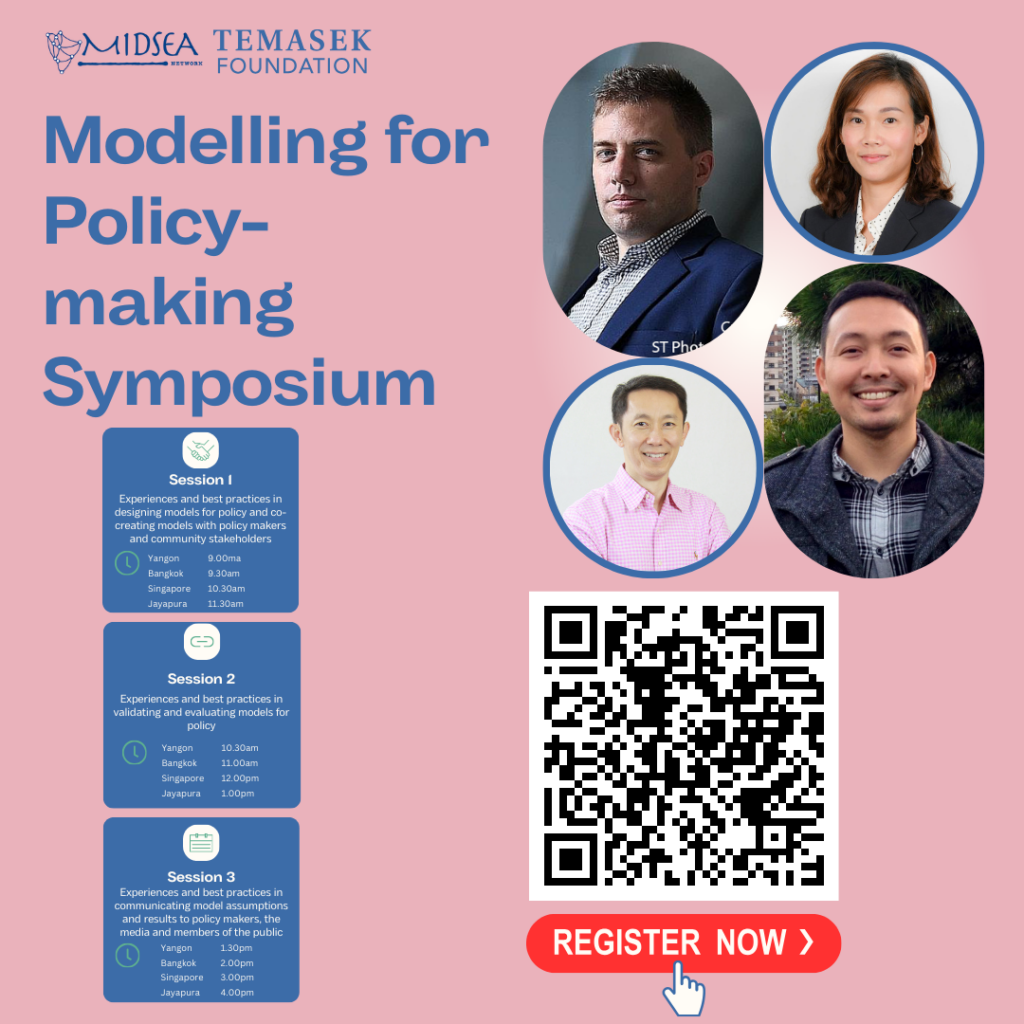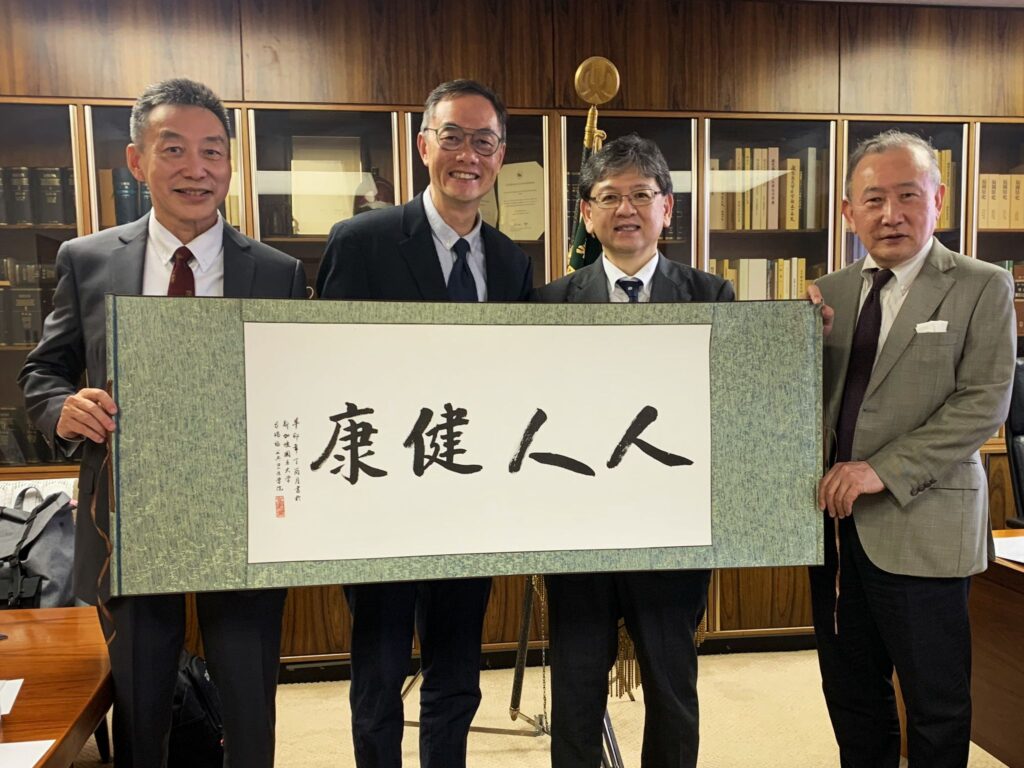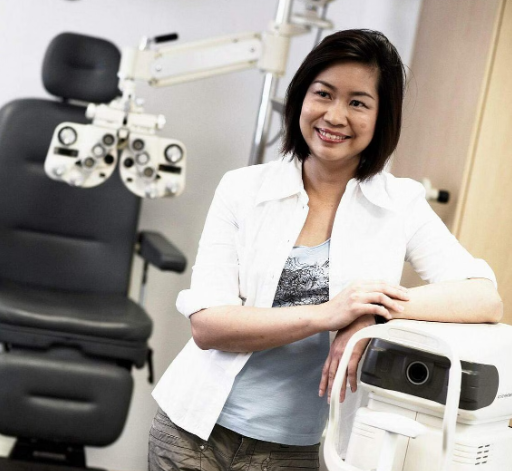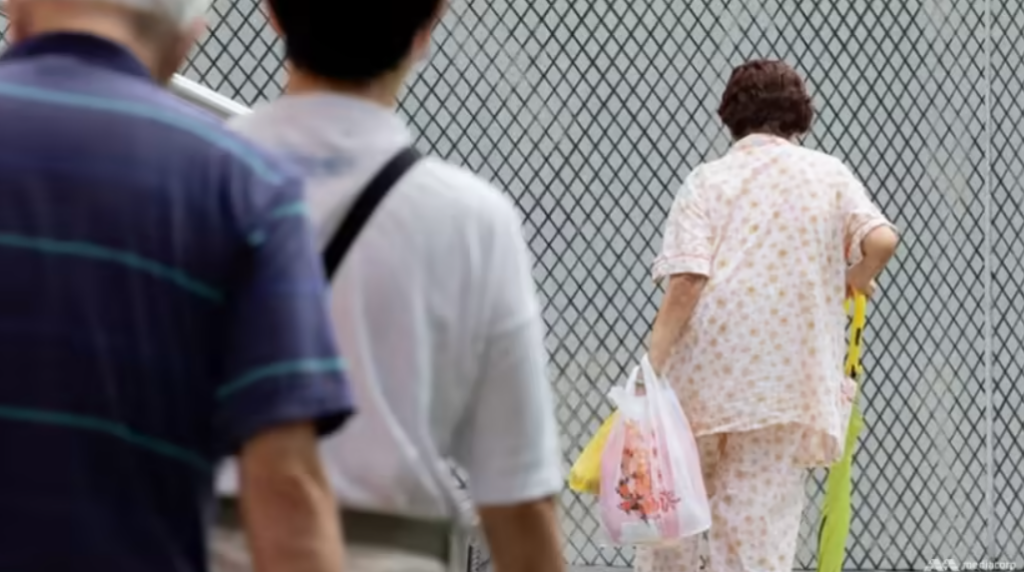Commentary: The Global Antibiotic Pipeline is Running Dry. How Can Singapore Spur New Drug Development?
With the global antibiotic pipeline running dry, we face a rising tide of antimicrobialresistance, making common bacterial infections increasingly difficult to treat. This issue is particularly acute in Asia, including Singapore, where tens of thousands of drug-resistant infections are reported annually, resulting in hundreds of deaths.
In conjunction with World AMR Awareness Week, Prof Hsu Li Yang, Assoc Prof Wee Hwee Lin and Prof Joanne Yoong discuss the urgent need for innovative strategies in antibiotic development.

